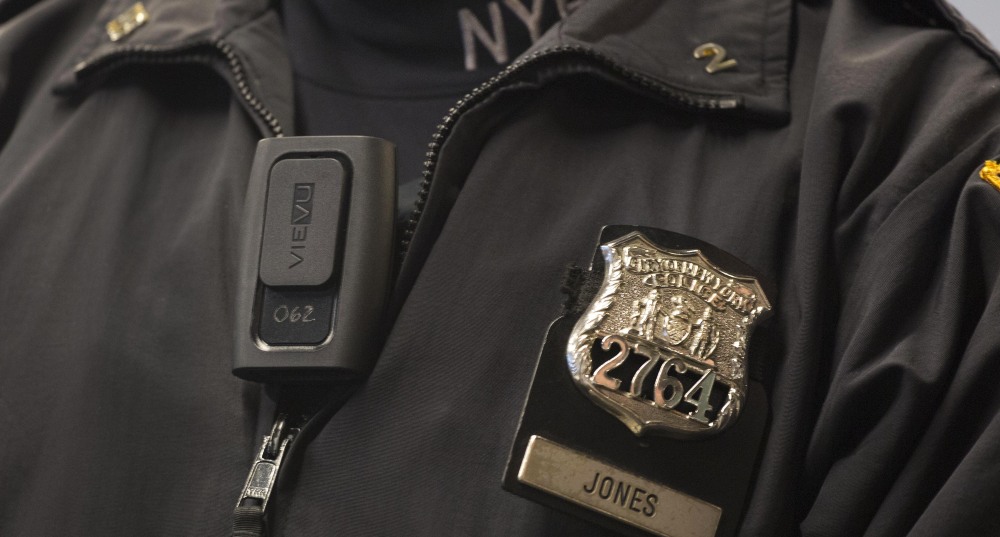If Officer Darren Wilson had been wearing a body camera the day he shot Michael Brown in Ferguson, Missouri, the outrage that consumed that city and spread elsewhere might have been somewhat abated, but the community’s history of racial tension and the police department’s poor decisions post-shooting make that far from a sure thing.
And, as the fatal case of Eric Garner in New York City has shown, the presence of video does not necessarily keep police from going too far, nor does it settle all disagreements about what occurred.
No, body cameras won’t untangle the racial and power dynamics that have poisoned police-community relations in many communities. They can, however, provide more clarity into interactions often defined through conflicting accounts and unreliable eyewitness testimony, and they can keep all parties on their best behavior, or at least offer an unbiased account when things go wrong.
The police departments in Maine that have used body cameras, which are smaller than a deck of cards and clip to an officer’s lapel, now swear by them. Among other advantages, the cameras, which also capture sound, allow officers to record traffic stops and crime scenes up close, preserving evidence in the process.
Video taken through body cameras has been used to strengthen domestic violence cases in Waterville and Gardiner, by documenting initial statements by both perpetrators and victims, giving neither a chance to recant later. The devices can be useful in the same way in drunken-driving cases.
And when there are violent, even fatal, incidents involving police, video would help make the findings of any official investigation more trustworthy to the public.
As long as strong, clear policies are in place to govern when the cameras should be used and how the resulting video should be handled, there’s no real downside.
Some departments, however, have balked at the additional cost of equipment and training.
President Obama addressed the latter concern last week, offering $75 million in federal funds over three years to purchase 50,000 body cameras nationwide, reimbursing local departments for half the cost. For Maine’s smaller departments, the wearable cameras, at about $800 apiece, are already a cost-effective alternative to dashboard cameras, which cost about $4,000 each.
The president’s offer came in response to the events in Ferguson, as part of an initiative to build public trust in the nation’s police forces.
But even outfitting every police officer with a camera is not enough to overcome the anger, distrust and frustration evident in the recent protests, not when young black males are 21 times more likely to be shot dead by police than white counterparts, or are far more likely to be stopped, searched and arrested.
The cameras, however, can help officers in many of their day-to-day duties, and Maine departments should take advantage of the federal program while they can.
Send questions/comments to the editors.



Success. Please wait for the page to reload. If the page does not reload within 5 seconds, please refresh the page.
Enter your email and password to access comments.
Hi, to comment on stories you must . This profile is in addition to your subscription and website login.
Already have a commenting profile? .
Invalid username/password.
Please check your email to confirm and complete your registration.
Only subscribers are eligible to post comments. Please subscribe or login first for digital access. Here’s why.
Use the form below to reset your password. When you've submitted your account email, we will send an email with a reset code.